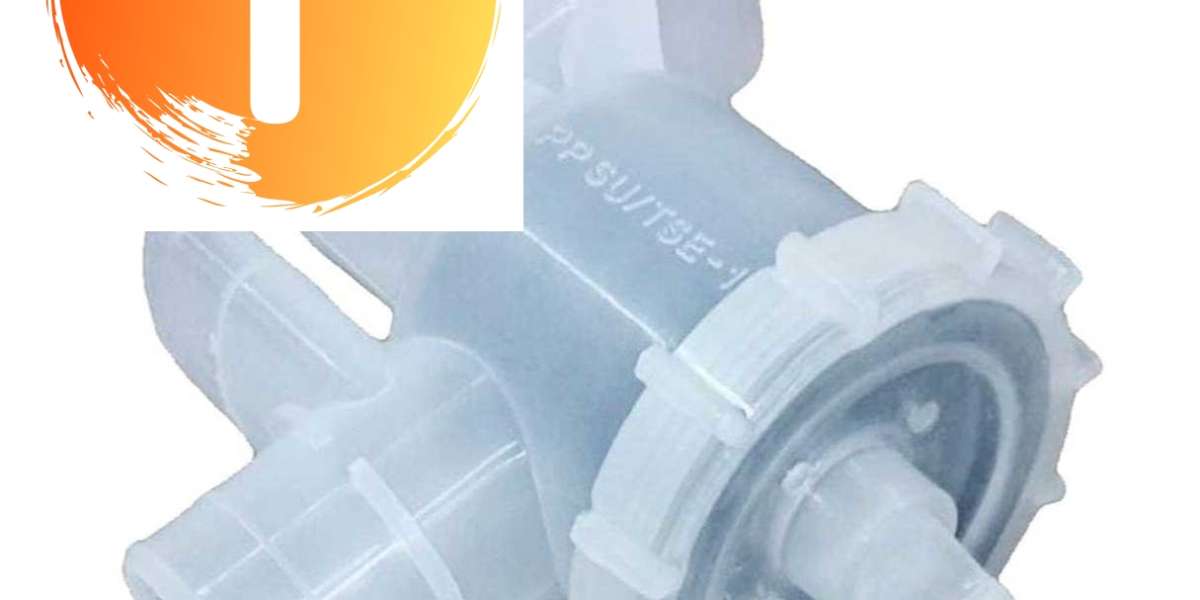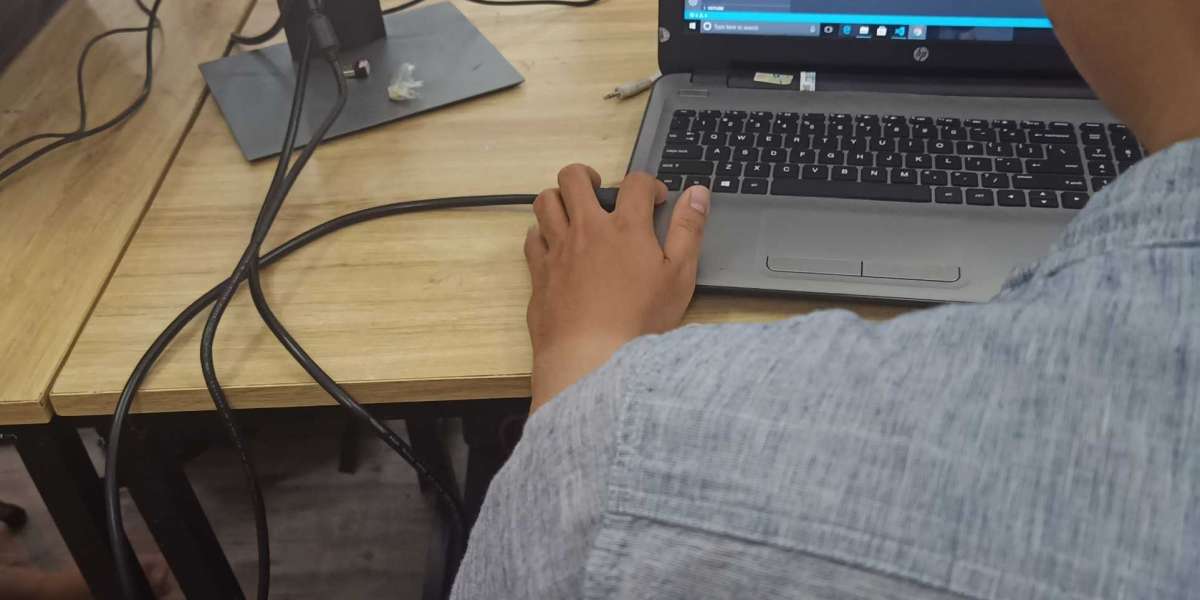A properly functioning washing machine drain assembly is essential for efficient laundry operations. Clogs and leaks in the drain can cause water damage, mold growth, and even appliance failure. By taking preventive measures, you can ensure your washing machine drains smoothly and efficiently.
Common Causes of Clogs and Leaks
Lint and Fabric Debris – Over time, lint, threads, and small fabric particles accumulate in the drain, leading to blockages.
Soap Scum and Detergent Residue – Excess detergent and fabric softener can create build-up, restricting water flow.
Foreign Objects – Coins, hairpins, and small objects accidentally left in pockets can obstruct the drain system.
Kinked or Damaged Drain Hose – A twisted or damaged drain hose can restrict water flow, causing backups.
Clogged Drain Pipe – The household plumbing connected to the washing machine can also develop clogs due to accumulated debris.
Loose or Worn Hose Connections – Over time, hose fittings may become loose or worn, leading to leaks.
How to Prevent Clogs and Leaks
Use a Lint Trap – Install a lint trap on your washing machine’s drain hose to catch debris before it enters the drain system.
Clean the Drain Filter Regularly – Many washing machines have a built-in filter that should be cleaned periodically to remove lint and small objects.
Use the Right Amount of Detergent – Excess detergent can cause soap scum buildup, so follow the manufacturer’s recommendations for proper usage.
Inspect and Clean the Drain Hose – Check the hose for any kinks, clogs, or damage, and replace it if necessary.
Flush the Drain with Hot Water and Vinegar – Pouring hot water mixed with vinegar down the drain can help dissolve detergent residue and prevent buildup.
Avoid Washing Items with Loose Debris – Shake out clothing with excessive lint, dirt, or pet hair before placing them in the washing machine.
Check for Leaks Periodically – Regularly inspect the drain hose connections for any signs of leaks and tighten or replace fittings as needed.
Schedule Routine Plumbing Maintenance – If you suspect slow drainage, have a plumber inspect the pipes to prevent potential blockages.
Conclusion
Preventing clogs and leaks in your washing machine drain system requires regular maintenance and mindful laundry habits. By following these simple steps, you can protect your washing machine, avoid costly repairs, and keep your laundry area dry and efficient. Regular inspections and cleaning will help you maintain a trouble-free washing experience for years to come!














